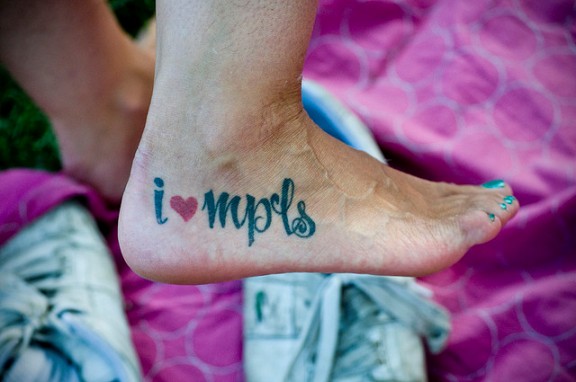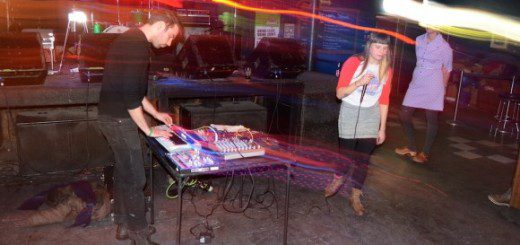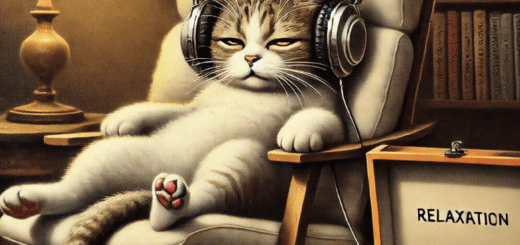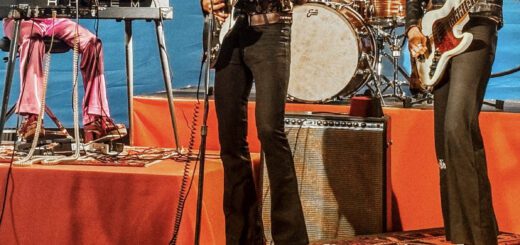Jante Law in Minnesota Music
I recently read a thought-provoking article on MinnPost—Max Sparber’s essay on “Jante Law,” which apparently is a uniquely Minnesotan mindset regarding the cult of celebrity. The gist of Jante Law is that we Minnesotans tend to react to local celebrity by narrowing our eyes and thinking, “Oh, so you think you are better than us, do you?” You can read a more complete definition here.
While generally celebrity-lore isn’t something I spend much time considering, the piece got me thinking about the local music scene and how it seems to contradict every aspect of Jante law. I mean, we live in a state that continues to report on Prince as if he were at the height of his popularity, tries to claim Wisconsin artist Justin Vernon as one of our own, and continually pays homage to itself in uncountable ways. Not only do we appear uniformly obsessed with our own musical legacy, we even go to great lengths to force it on others as well. It appears that—when it comes to Minnesota music—as a whole we are actually the opposite of Jante Law: We are utterly enthralled by celebrity.
I have often wondered about the local naval-gazing tendency and always chalked it up to the enormous “culture chip” we seem to have on our shoulders. It’s a well-known fact that Minnesotans resent their state being called “flyover country” and, partly as a result of that perceived cultural bias, we go to greater lengths to try to prove ourselves to the rest of the world. Even Father Louis Hennepin, upon being the first European explorer to discover St. Anthony Falls, felt the need to dramatically exaggerate their size to his colleagues back home. It’s as if he feared not being taken seriously. Today’s Father Hennepin is the local theater fan trying to convince his NYC friends that they don’t really understand how the Guthrie is one of the country’s leading theaters, or the jaded hipster informing her friends how much better Lifter Puller were than the Hold Steady.
This is a feeling I understand well: We do have a brilliantly vibrant arts scene here in Minnesota, and it can be frustrating to think that we are still viewed as a bunch of backwater hicks. Every time we lose a band to Brooklyn—or wherever else—it pangs a bit inside. It’s a feeling that goes right back to Sparber’s piece: What? You think you are better than us?
The more I think about it, though, the more I think that our music scene conforms to some aspects of Jante Law. There is a quote midway through the essay regarding local media that I think displays this connection best: “Minnesotans are willing to celebrate the individual if it’s a proxy for celebrating themselves.” What better reason to continue to hammer on and on about our musical legacy than that it lets us continue to believe we are important? Whether or not we actually are important is irrelevant to the idea that our local obsession serves as a mechanism for feeling good about ourselves.
If this is the case, I truly don’t really mind; our state’s local obsession doesn’t hurt me at all. In fact I feel that I champion local music more so than most. Our cultural identity here, though, is something that has always perplexed and intrigued me. One major place where I can see it having a negative effect is when it cultivates a “with us or against us” local music bias. There are certain local artists out there—acts like Elite Gymnastics and John Maus come to mind—who are local but are perceived in the “against us” camp. People perceive Elite Gymnastics like this because of a poorly thought out comment on Pitchfork, and likewise Maus because, well, I guess because as an Austin, MN, native he hasn’t directly allied himself with “our scene.” Elite Gymnastics have been written off as an “Internet phenomenon” (the implicit idea being that Minnesota is superior to the Internet) and John Maus has been largely ignored here.
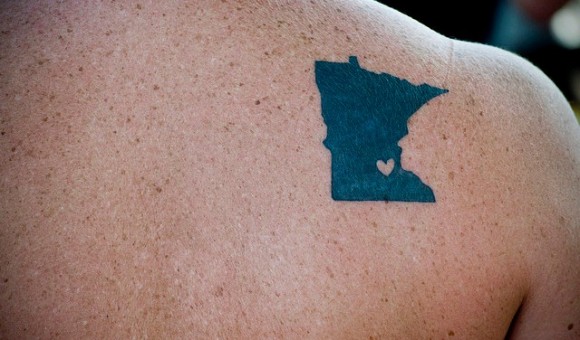 “What about Owl City?” you may very well ask. Adam Young’s bedroom electronica/tween pathos project received a great deal of local as well as national coverage, without his being midwifed courtesy of our loving and benevolent local scene. My feeling is that certain outliers occur where Internet hit songs trump grand old Minnesotan unity. (However, the “music criticism for Internet hits” is another conversation entirely, and shouldn’t really appear in this discussion.)
“What about Owl City?” you may very well ask. Adam Young’s bedroom electronica/tween pathos project received a great deal of local as well as national coverage, without his being midwifed courtesy of our loving and benevolent local scene. My feeling is that certain outliers occur where Internet hit songs trump grand old Minnesotan unity. (However, the “music criticism for Internet hits” is another conversation entirely, and shouldn’t really appear in this discussion.)
Internet hit-generating tween heartthrobs aside, the tendency for us to exclude those “against us” artists from our local “big happy family” again seems to have roots in that old “you think you’re better than us” adage. Continuing to cultivate this mindset is more harmful to our scene in the long run, because anyone seen as “not fitting in” here won’t really have any reason to stay.
Maybe some of these artists do actually think they are “better than us.” It doesn’t really matter. What does matter is trying to cultivate an arts scene that is amenable to artists of all creeds, regardless of their fluency in Paul Westerberg lyrics. Big happy scenarios, in which everyone is of a similar mindset and opinion, do not make for great art. We certainly don’t lack for great talent in Minnesota. The local scene is as vibrant as it’s ever been, when you look at it from the simple perspective of great bands making great music. And if “thinking they are better than us” is the fuel that gets some of these artists to create great works, then by all means, think away. Most artists seem to start off with that opinion anyways. In the end the winner will be our local scene, which will benefit from a healthy dose of adversity.
Jante Law seems to represent our inability to deal with such adversity, because it challenges our innate desire for recognition. Not recognition for exceptional artists, rather recognition for being the wonderful community that produced them. In the end, though, you can only coast on credit for yesterday’s artists for so long before it starts to seem like mania. I am convinced that tomorrow’s Hüsker Dü, Replacements, Prince, etc., are probably in our midst right now—but by only looking backwards, we’ll never see them.
The “Prince was here” plaque is wearing down to the point where you can read “Bob Dylan was…” underneath. Maybe it’s time to start looking for a few new plaques to take the place of the old.
—Jon Behm
.

